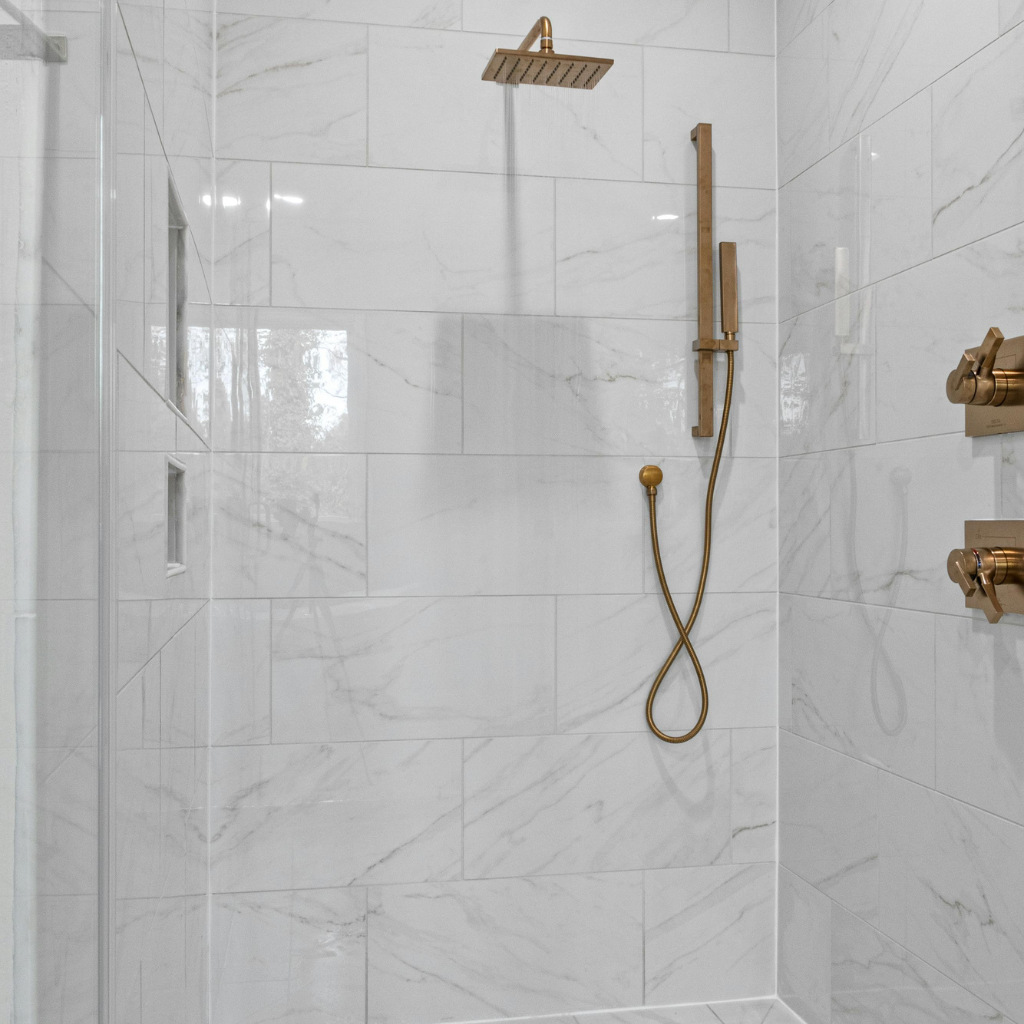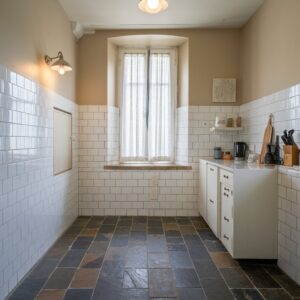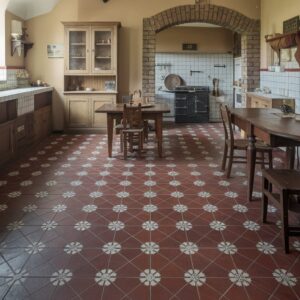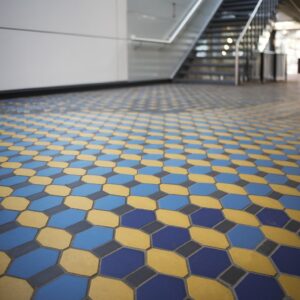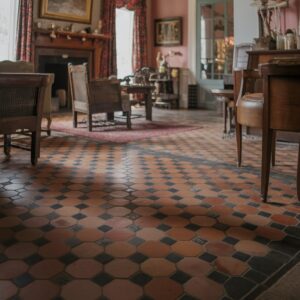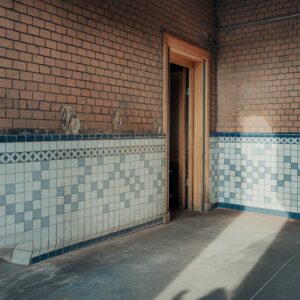Tiling a bathroom shower is a vital part of any renovation plan, but many homeowners in London wonder how long the process will take. From choosing tiles to grouting and sealing, each step influences the overall bathroom fitting timeline. Bathrooms can be compact yet intricate, requiring careful planning and precise workmanship. Abel Tiler London has extensive experience in completing bathroom shower installations that balance speed, quality, and durability. This guide explores key factors influencing bathroom tiling time, the basics of how to tile a bathroom shower, and tips for ensuring a seamless outcome. Whether you’re planning a quick weekend update or an extensive makeover, understanding timeframes helps you prepare and budget effectively.
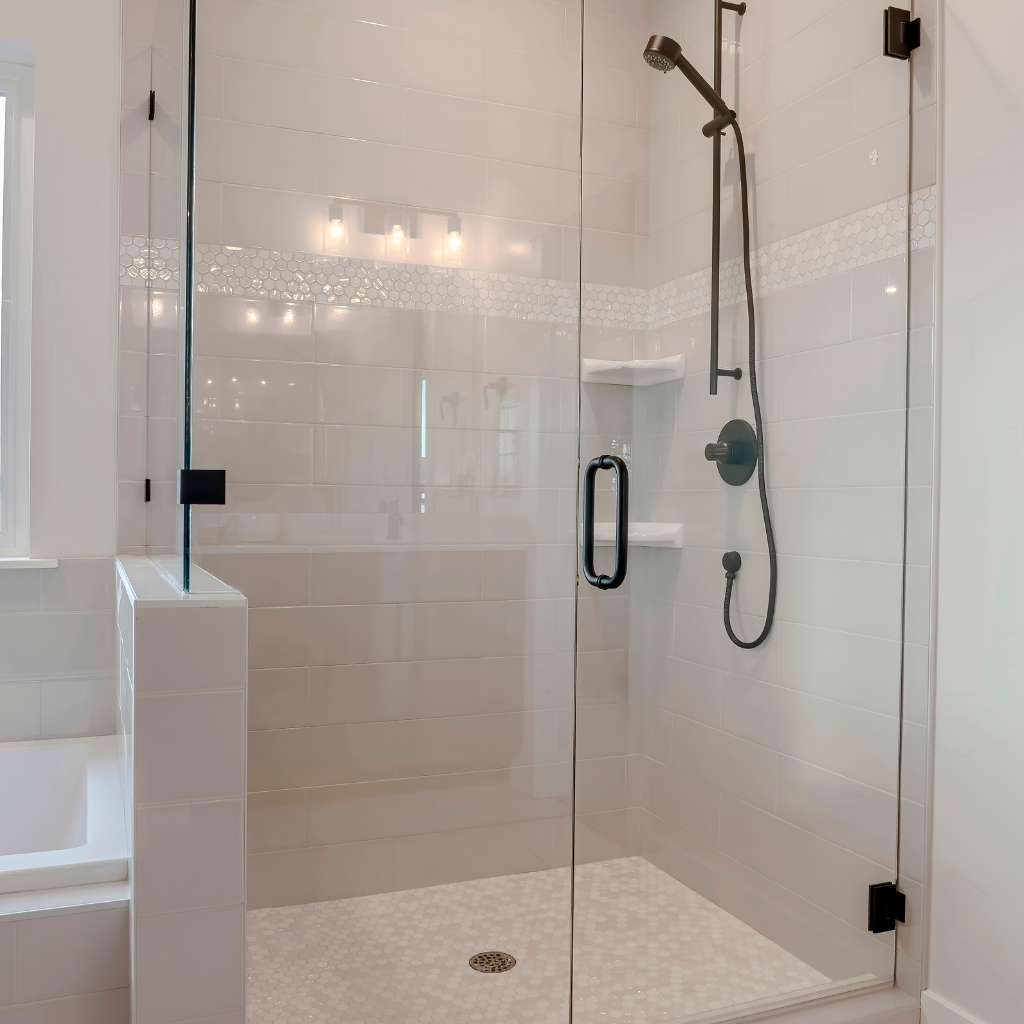
Factors Influencing Bathroom Tiling Time
Several elements play a role in how long it takes to tile a bathroom shower. Surface preparation often consumes a significant part of the schedule, especially if there’s any damage or unevenness. A thorough waterproofing process also matters, ensuring the new tiles stand up to everyday moisture. Tile size installation speed varies, with smaller mosaics taking longer than larger formats. Complexity of design—such as intricate patterns—can extend the timeline too. Finally, drying phases, from adhesive curing to grout setting, all add downtime. Abel Tiler London’s approach takes each of these factors into account to create a workable plan that minimises disruptions and delivers a high-end finish. For homeowners seeking quality results on a budget, choosing affordable bathroom tiling London services ensures both value and durability.
Typical Bathroom Fitting Timeline
No two bathroom projects are identical, but an average bathroom tiling time of 7 to 10 days often applies to a complete overhaul. During these days, tasks can include removing previous fixtures, installing new pipework, preparing surfaces, and laying tiles. Bathroom floor tiling might extend the project by 3 to 4 days if done simultaneously or if complex underfloor heating is added. The duration can compress or expand depending on the scope of work. Smaller showers with simple designs may wrap up sooner, while more elaborate bathrooms with multiple walls, custom niches, or decorative tile layouts naturally require more attention.
How to Tile a Bathroom Shower: The Basics
Understanding how to tile bathroom shower areas begins with a thorough inspection. Surfaces must be free from dirt, old adhesive, or flaking paint. If you can spot areas prone to leaks, adding waterproof membranes or backer boards is critical for a durable result. Once prep is complete, measure and mark the layout so each tile aligns properly. Adequate tile adhesive application and correct spacing ensure the tiles remain straight and secure. Abel Tiler London emphasises consistent practice at every stage to achieve a smooth, even finish that looks fantastic and stands up to daily wear.
Surface Preparation and Waterproofing
Thorough surface preparation is crucial before you put tile on the walls in bathroom and shower spaces. Small cracks or soft patches on the substrate can lead to bonding problems, so any damaged spots should be repaired first. Filling cracks in bathroom tiles before tiling ensures a smooth surface, prevents moisture from seeping underneath, and helps the new adhesive bond effectively. Waterproofing is vital because showers are exposed to constant moisture. Abel Tiler London recommends waterproof boards or liquid sealants on the shower wall area. This prevents leaks, mould, and potential damage to underlying structures. Allow enough drying time for each protective layer to cure properly—cutting corners here may speed up installation, but often leads to expensive repairs later.
How to Install Tiles on the Shower Wall
Once the surface is ready, tiling can begin. Mark reference lines horizontally and vertically to maintain alignment. Spread tile adhesive evenly onto a small section of the wall using a notched trowel. Press each tile into place, twisting slightly to ensure full contact with the adhesive. Spacers help maintain uniform gaps. Work in manageable sections to avoid the adhesive drying out before the tiles are positioned. Double-check each row for level and alignment. Large-format tiles can speed up coverage, whereas intricate mosaic patterns may need extra care to prevent unevenness. The objective is to achieve a neat, flat surface that sets the stage for easy grouting later.
How to Tile Bathroom Shower Floors
Though some showers don’t require separate floor tiles, many designs include a small, enclosed area that slopes toward a drain. In such cases, thorough waterproofing plus a smooth, angled base are vital. Floors typically require slightly different adhesive, offering greater flexibility and water resistance. Follow a similar approach as with walls: measure evenly, apply adhesive, and place tiles carefully to maintain consistent spacing. The slope must remain unobstructed so that water drains correctly. This part can take extra time because working on an angled surface calls for frequent checks using a level to confirm adequate fall towards the drain.
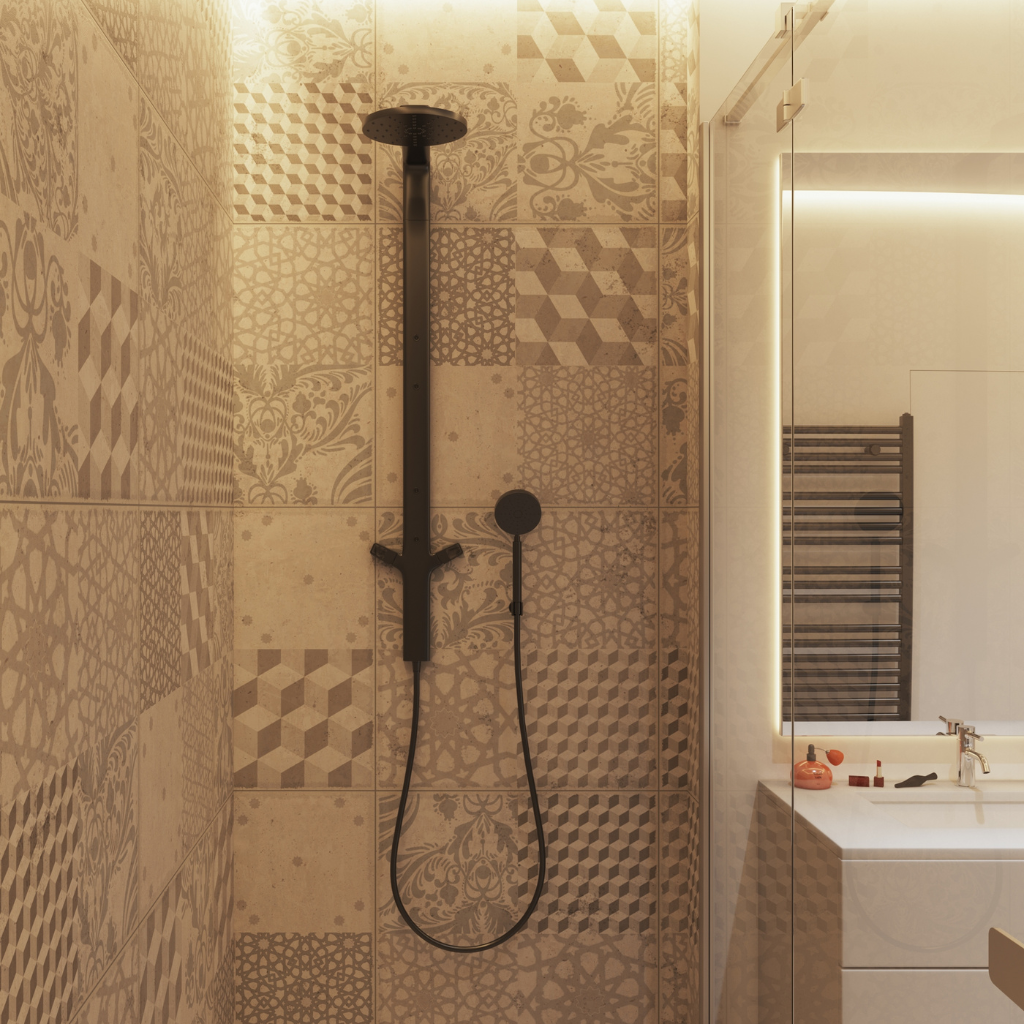
Bathroom Tile Adhesive Setting Time
The curing phase is a significant component of the overall bathroom shower installation time. While modern adhesives can begin setting within hours, many professional tilers suggest allowing at least 24 hours—or more, depending on product recommendations—before proceeding with the next stage. Cooler or more humid conditions may extend curing times, turning a one-day wait into two. Rushing this step can compromise bond strength, risking tiles coming loose later. Abel Tiler London always factors in these recommended intervals to ensure reliable, long-lasting results in every London bathroom they tackle.
How to Grout Bathroom Shower Tile
Grouting is essential for both the appearance and resilience of the new surface. Tiles should be free from dust and residue before applying grout. Spread it across the tiles using a float at a 45-degree angle, making sure to fill every gap. Carefully wipe away excess with a damp sponge, but avoid saturating the grout lines. Give the grout sufficient drying time to set, and then buff off any haze left on the tile faces. Depending on the project scale, grouting usually spans one to two days, including waiting periods for partial and final cures. Once completed, the shower takes on its finished look, blending form and function seamlessly.
Can You Tile Over Wall Tiles in a Bathroom Shower?
Sometimes, homeowners ask if they can tile over wall tiles in a bathroom shower to save time. In select cases, it might work if the old tiles and substrate remain structurally sound, level, and free from cracks. A specialist will examine if the existing tile can handle additional weight and check if the adhesive can form a solid bond. Bathroom tile renovation over old tiles can be a practical option when done carefully, but any hidden damage in the lower layer eventually affects the new top layer. Generally, Abel Tiler London advises removing old tiles whenever feasible to solve underlying issues and create a fresh, stable surface for the best result.
Bathroom Shower Installation Time Overview
Every stage of how to tile bathroom shower areas—surface prep, waterproofing, tiling, and grouting—contributes to the timeline. On average, a straightforward shower might require three to five days to complete, factoring in drying intervals. More complex jobs, such as those involving unique tile layouts, premium materials, or structural repairs, may extend closer to a week or more. If you’re planning additional tasks like installing new fixtures or reworking plumbing, expect these to add extra days. For homeowners seeking a stress-free experience, partnering with an experienced tiler helps maintain a smooth schedule with clear progress from start to finish.
Tips for a Smooth Bathroom Tiling Process
One of the simplest ways to ensure a swift, hassle-free project is to plan meticulously. Order enough tiles plus a few spares in advance, and allow time for shipping, especially if they’re sourced from specialist suppliers. Make sure the workspace is clear of clutter, giving the tiler space to move around efficiently. Keep an eye on ventilation to aid drying. Address any structural or plumbing concerns early, preventing unexpected hiccups mid-project. Finally, be patient with factors like adhesive and grout curing. A little extra time now can prevent bigger problems later, preserving the integrity and look of your tiled shower.
Bathroom Floor Tiling vs Shower Tiling
Floor tiling and shower tiling often go hand-in-hand, but timelines can vary. Bathroom floor tiling, 3 to 4 days is the norm for an average space, covering removal of old flooring, levelling, installation, and grout. Shower tiling can overlap, but it requires more care around waterproofing and vertical alignment. If you are renovating your entire bathroom, coordinating these tasks in tandem might reduce the total renovation window. Abel Tiler London often schedules shower and floor works concurrently, where possible, but remains attentive to each stage’s unique drying and setting requirements.
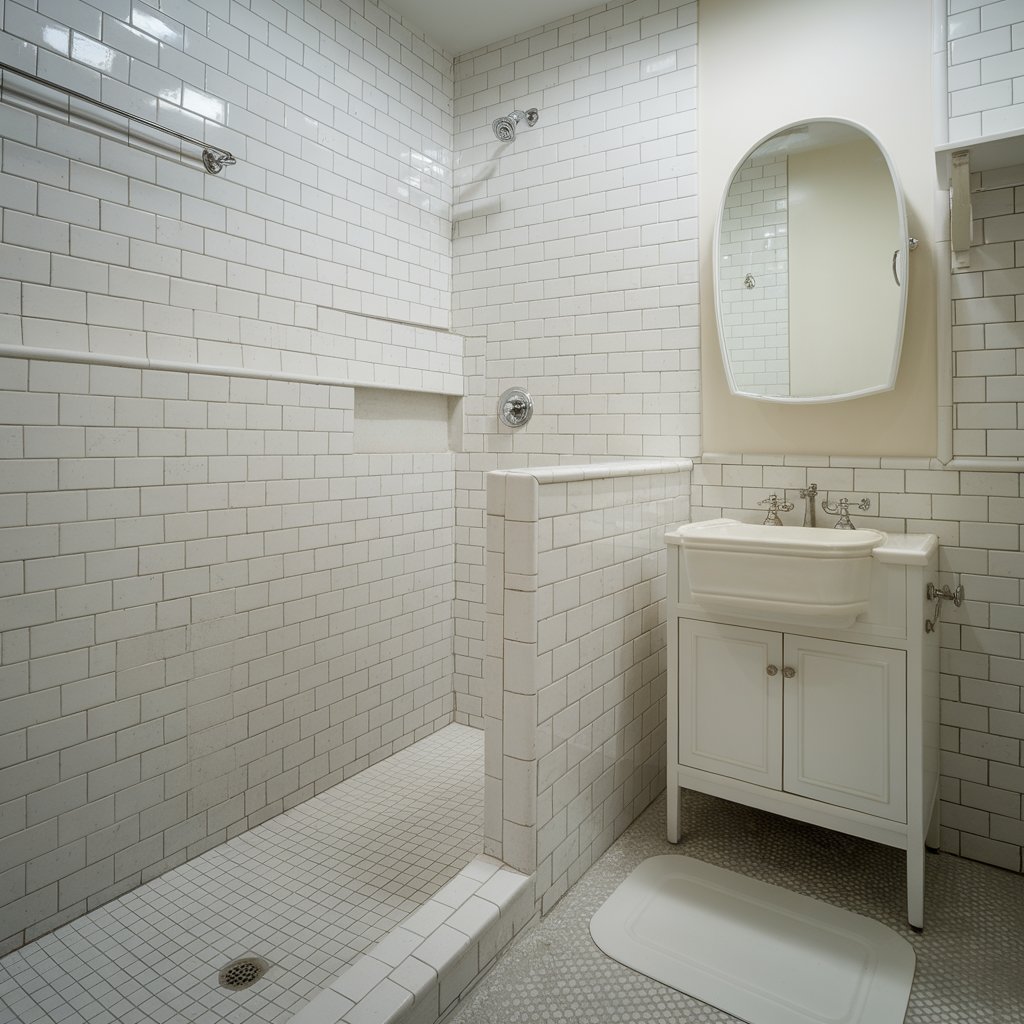
Managing Expectations and Adjustments
Even well-planned projects might encounter unforeseen setbacks. Substrate damage, hidden leaks, or unavailable tile stock can introduce delays. Communicating with your chosen tiler is crucial for navigating any issues swiftly. Setting a realistic timeline with a small buffer for contingencies helps you adjust if challenges arise. If using special materials or complicated tile patterns, anticipate an extended timetable. Abel Tiler London offers tailored guidance on timelines, suggesting whether certain elements—like bespoke tile cuts—may push the project beyond standard estimates. The ultimate goal is a flawless finish that balances speed with uncompromising quality.
Conclusion
Tiling a bathroom shower involves several crucial phases, from surface preparation and waterproofing to laying and grouting tiles. Although simpler showers can be finished within three to five days, larger or more intricate projects often take a week or more. Factoring in adhesive and grout curing times remains paramount, ensuring a robust, long-lasting result. With expert tilers like Abel Tiler London, you benefit from a balanced approach that values both speed and craftsmanship. By understanding how long to tile a bathroom shower and planning accordingly, you can confidently embark on your update, achieving a polished, durable space.

